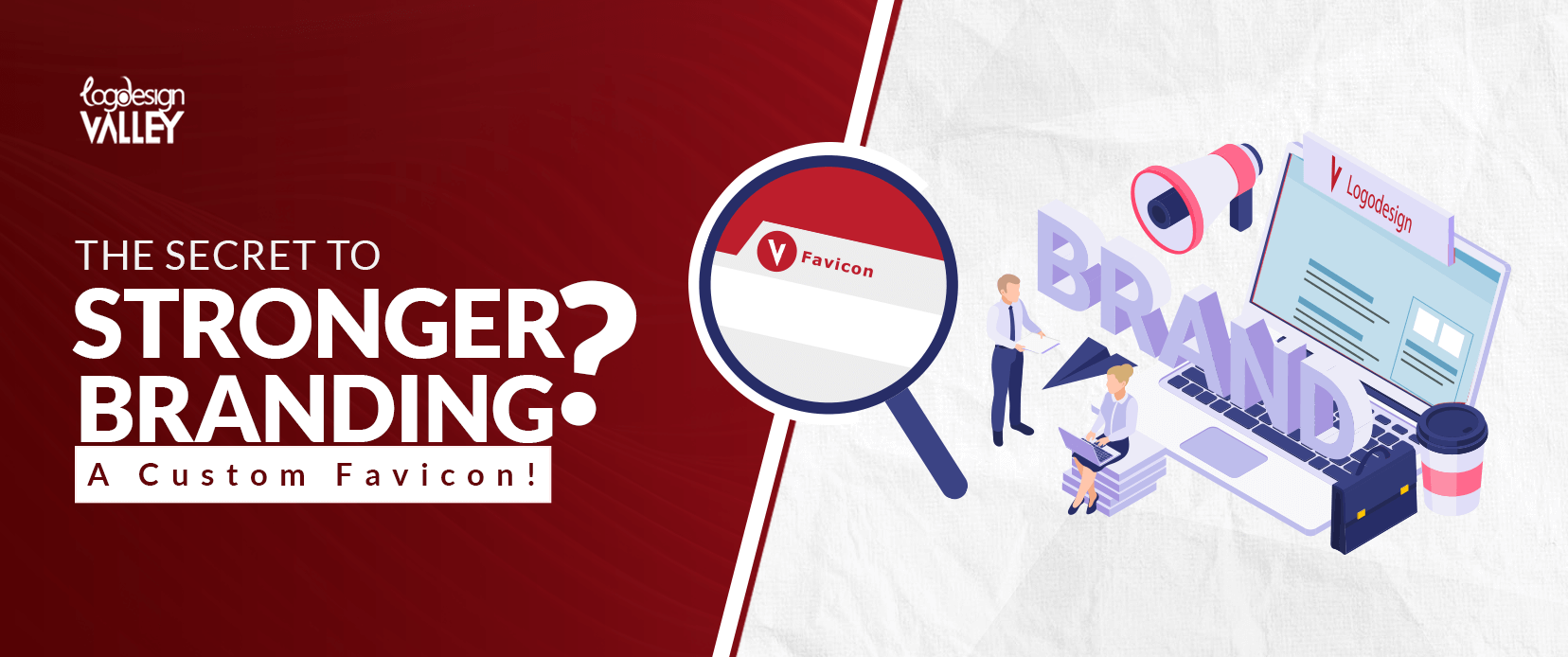The term ‘Transparent Logo’ means that the logo was/should be made with a transparent background that, in fact, has no background at all. A transparent logo is an image that is made in such a way that there is no background that one has to paint before the image appears.
Just try to think about your logo on a colorful background of a website banner, on a profile picture in a dark social network, or printed materials with different backgrounds. A logo transparent makes your brand visible, crisp, and clear in any environment in which you will place it. It is a solution for achieving professionalism and consistency in the looks of all your marketing materials logos without background.
Where do you use transparent logos?
A Transparent Logo is a handy logo that offers the needed visibility boost to the brand for the many uses that it can be put to. Now let’s look at specific domains where it could excel;

- Websites
Place your logo on headers, footers, banners, or as a watermark without worrying about clashing with background colors.
- Social Media
Create eye-catching profile pictures, cover images, and posts that stand out in the crowded feeds.
- Presentations
Incorporate your logo seamlessly into slides, creating a cohesive and polished presentation.
- Digital Marketing
Use transparent logos in email signatures, online ads, and digital campaigns for maximum impact.
Terms and Values of A Transparent Logo
Several factors or terms and values have to be kept in mind while using a transparent design so that the style and logo generated appear professional and valuable in different media. Here’s a breakdown of these terms and values:

Terms
- The overlapping of the background with the logo means that when one places the logo on the picture, the background shows through parts of the logo.
- The level of openness of an object: in transparent logos, some parts of the logo’s image will be semi-partial or semi-dense.
- An instrument that sets a level of transparency for each pixel in an image.
- Graphic formats made of pixels such as PNG and jpeg.
- Known as DPI or dots per inch or DPI for images, the higher it is, the better quality it will be.
- Such things as the format of the file used to store the logo, for example, PNG, SVG or AI.
- It is the number of color intensity, also referred to as color depth in an image.
- A specific dimension that remained in the logo after making some cuts.
- The margin around the logo so that it either doesn’t go to the edge of the page or is not too far from the edge to be easily trimmed.
Values
- PNG and SVG images are often used for logos since they can have no background color. PNG format is used for raster images, and SVG is used for vector images.
- The PPI of the raster graphics for print should be at least 300PP, while that of the web use should be 72PP.
- Standard colors should be in 24-bit, and transparency should use 32-bit which includes an 8-bit alpha channel.
- Establish and apply hexadecimal codes each time.
- Blend at least 20/30 % for shadow or glass-like objects.
- A margin of at least 1/8 inch (3. 175 mm) should be maintained, and likewise for bleeds, which should also be at least 1/8 inch (3. 175 mm) for print logos.
Create Your Transparent Logo Now
Create a versatile, transparent logo that shines on any background.
Tips to Create your own Transparent Logo
Design a logo that has multiple properties to look at. How? Consider these tips;
- Use vectors (SVG, AI) for crisp and clear images at any scale.
- Raster format formats should have a high resolution.
- Permanently save the logo in PNG or SVG format.
- Try the logo on various backgrounds so that you can see how the logo is going to look clearly.
- Use the same color throughout the instructions as your package and website.
- Make sure the logo plus is attractive in colors and kind of black and white at the same time.

How Can We Make It Different From Others?
To make your logo stand out from others while ensuring it has a transparent background, consider to hire logo designer and these strategies:
Unique and Memorable Design
Use unique forms that people have never seen before but are associated only with the page or the whole brand itself. Do not use the inspired initial icons or templates. Make use of .fonts that are of the trade mark such as new or different fonts.
Color and Contrast
Select primary colors that impress even with the transparent background of the button. Check that your logo looks clear and stands out on any background. Check it on both a bright and a shadowed area to make sure it contrasts nicely.
Creative Use of Transparency
Implement semi-transparency primarily on sections of your logo, hence creating an appearance that is stylish and fresh. Employ elements whose degrees of transparency are not of the same order to add the element of depth.
Versatile Applications
Make sure it looks good when it is small, like the logo of the application, and also make sure it looks good when it is vast, like a banner. Keep copies of it in full and black and white for its relevance in a full-color and monochromatic environment.
Standard File Formats For A Transparent Logo
Different aspects are provided to fulfill particular requirements, particularly as they relate to the issues of transparency in the background. The knowledge that anyone about these standard file formats can grasp will enable you to make a good choice of the best one to use for your Transparent Logo.

PNG
This is one of the most valuable formats for making logos with a transparent background. They support high-quality images, which are also helpful for transparency that does not lose its quality. PNG files are ideal when you are dealing with web designing, digital presentations and any other situation where there is a need for crisp pictures along with transparency.
SVG
Logos that have to be scalable are better to be made in SVG file format. SVG, due to its use of mathematical formulas, is able to support an image independent of its resolution. This format is specifically valuable for logos since they can be scaled for any size, be it for use as icons or banners and still be clear.
Apart from being editable, PDFs are kinds of files that can contain vector graphics and are capable of transparency. Though they are not as famous as PNG or SVG for logos, they are still a good and safe method for sharing transparent logos with background transparency.
The Case for Logo Transparency
Regarding effective branding and multifunctional design, the transparent logo design inspiration has many benefits. Logo transparency refers to a logo with the background kept as straightforwardly as possible.
Versatility
A transparent logo is beneficial because it can easily blend in with almost any background. In the context of designing logos to be placed on websites, business cards, promotional banners, or any other matters, the logo should have a background color that will allow it to stand out without interference and without having any coloration to conflict with any issues below the emblem.
Branding
Preserving the transparency of the logo is a significant element when it comes to maintaining version control of logos. A transparent logo can be applied against any background – light or dark and match the intended visual effect.
Ease of Integration
Transparent Logos are less imposing and are easier to unlock in a variety of other design contexts. The importance of a white background in logos can be understood as the logos are designed in such a way that they can be easily superimposed on different colors, textures or even on images without any unwanted borders or clashes in the background.
Professional Presentation
The incorporation of the transparent logo keeps the presentation of the service cleaner and more Professional Logo Design. It demonstrates awareness in relation to detail and contemporary orientations in design when a logo blends into a given environment without one having to manipulate the logo in order to make it fit.
User Experience
A transparent logo has a better user experience by making it possible to easily blend the logo with the various backgrounds and resolutions of the screen. This adaptability helps to avoid the problem of broken page layouts in a website or application, which results in a better experience for a user.
Bottom Line
The inclusion of a transparent logo in branding is always helpful if one aims at being flexible while at the same time achieving significantly high levels of consistency in branding without compromising the overall polished look of the logo. Transparency is also essential, resulting in practical arrangements of the logo into different media and backgrounds without compromising the quality of the logo. This makes the site application and branding look pleasing and also makes navigation between digital and printed media to be easy and consistent.
FAQs
Why is a transparent logo important for branding?
It is crucial in branding because it provides flexibility and scalability depending on the medium in which it’s placed or the background complexity. This particular feature of the logo makes it adorable and professional.
What file formats are best for a transparent logo?
It is preferable to go for PNG, SVG, EPS, AI, and PDF formats. When used digitally, PNG is highly effective due to its capability of maintaining areas of transparency. SVG and EPS files are suitable for use as they do not have losses in quality when enlarged, making them ideal for web and printing work.
How can I create a transparent logo?
To create a transparent logo, one could use the graphic design applications available for purchase, like Adobe Illustrator or Adobe Photoshop. Draw your logo and make sure that the silhouette layer is of a separate color and has a background layer that you make transparent. Save or export the file in a format that supports transparency, such as PNG or SVG.





